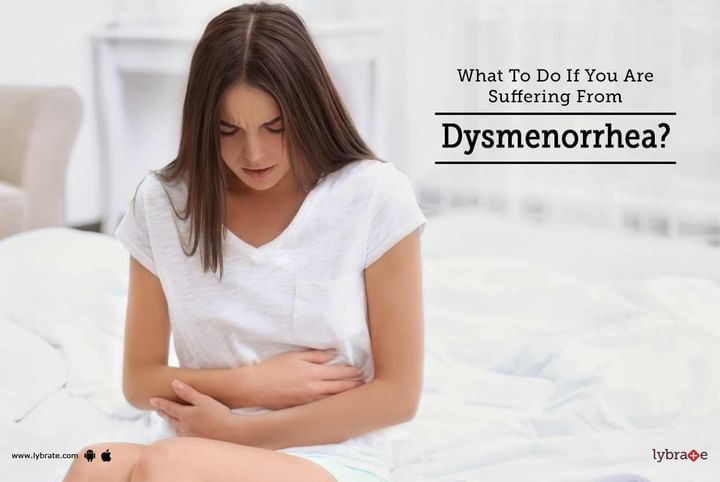What To Do If You Are Suffering From Dysmenorrhea?
In preparation for the possibility of conception, a woman's body undergoes the menstrual cycle every month which culminates with the periods. This is a normal process which all women of reproductive age experience every month. However, in certain cases, the periods can be really painful where one may suffer from menstrual cramps or could be generally in much pain. This condition is known as Dysmenorrhea.
What exactly is Dysmenorrhea?
As mentioned above, dysmenorrhea is a disorder that many women go through while having their periods where they may suffer from painful cramps. The pain usually occurs in the pelvic area and the lower abdomen and may also be accompanied by other symptoms.
Some symptoms of Dysmenorrhea:
Some of the symptoms of dysmenorrhea could be any combination of the following factors:
I. Very painful menstrual cramps accompanied by lower back pain
II. Diarrhoea and nausea along with the cramps
III. Pain in the inner thighs, lower back and hips
IV. Being hypersensitive to light, loud sounds, specific smells and touch
V. Being fatigued all the time, even causing you to faint
Causes of Dysmenorrhea
Dysmenorrhea is usually caused by the contraction of the uterus. While the uterus does contract a little even in normal periods, during dysmenorrhea the contractions tend to be a little too much. Due to this the uterus presses against the blood vessels and organs within the vicinity causing oxygen loss to them. This causes elevated levels of pain and discomfort.
There are primary and secondary dysmenorrhoea. Primary dysmenorrhoea is menstrual cramps which are not related to any of the following pathologies. Some of the underlying causes of secondary dysmenorrhea are:
1. Endometriosis - This is where the uterine lining is found outside the uterus, especially in the pelvic cavity and thus may cause painful cramps.
2. Tumors - Tumors or fibroids which are unwanted growths on the inside of the uterus may also trigger dysmenorrhea.
What to do if you are suffering from Dysmenorrhea?
Some basic care which you can take to ease pain from dysmenorrhea are:
1. Avoid smoking and abstain from alcohol
2. Ample rest during periods
3. Keep the body well hydrated
4. Don't consume foods high in salt
5. Don't drink coffee or any caffeine rich foods
6. Lower back massages and hot water bag treatments to relieve pain
In very severe cases, pain killers which are safe to take, may be prescribed. Other hormonal treatment may be required if other pathologies have been diagnosed such as endometriosis etc.



+1.svg)
